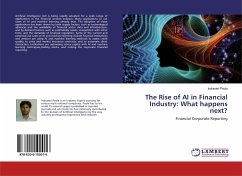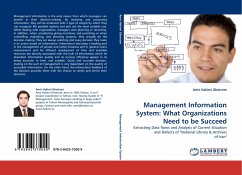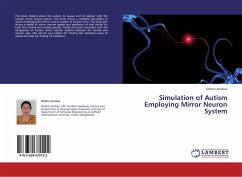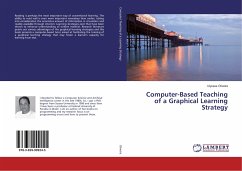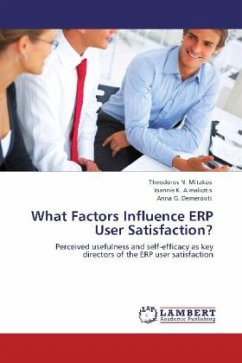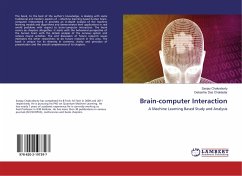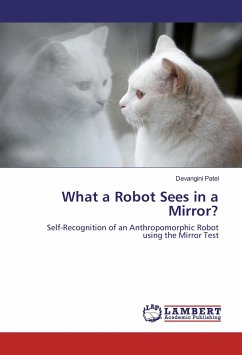
What a Robot Sees in a Mirror?
Self-Recognition of an Anthropomorphic Robot using the Mirror Test
Versandkostenfrei!
Versandfertig in 6-10 Tagen
33,99 €
inkl. MwSt.

PAYBACK Punkte
17 °P sammeln!
Is it possible to make robots self-conscious? Igor Aleksander, an emeritus professor of Neural Networks at Imperial College, proposed five axioms to define consciousness; one of them being self-awareness. Mirror test was initially discovered by Charles Darwin and later developed by Gordon Gallup to understand if animals are self-aware. Only certain animals including chimpanzees, pigs, elephants and dolphins are able to identify themselves whereas pets like cats, dogs and babies under 18 months are incapable. Gallup claims that for oneself to recognize themself, they must understand propriocept...
Is it possible to make robots self-conscious? Igor Aleksander, an emeritus professor of Neural Networks at Imperial College, proposed five axioms to define consciousness; one of them being self-awareness. Mirror test was initially discovered by Charles Darwin and later developed by Gordon Gallup to understand if animals are self-aware. Only certain animals including chimpanzees, pigs, elephants and dolphins are able to identify themselves whereas pets like cats, dogs and babies under 18 months are incapable. Gallup claims that for oneself to recognize themself, they must understand proprioceptive information and kinesthetic feedback and apply them on its vision system in-order to guide the movement of its limbs in front of a mirror. This book discusses about how this pyshchological concept has been developed using Artificial Intelligence algorithms. This system has been designed for an anthropomorphic robot which has 16 facial muscles for facial expressions. The book covers the technical details related to these AI algorithms, design of the system, experiments conducted and the results.



